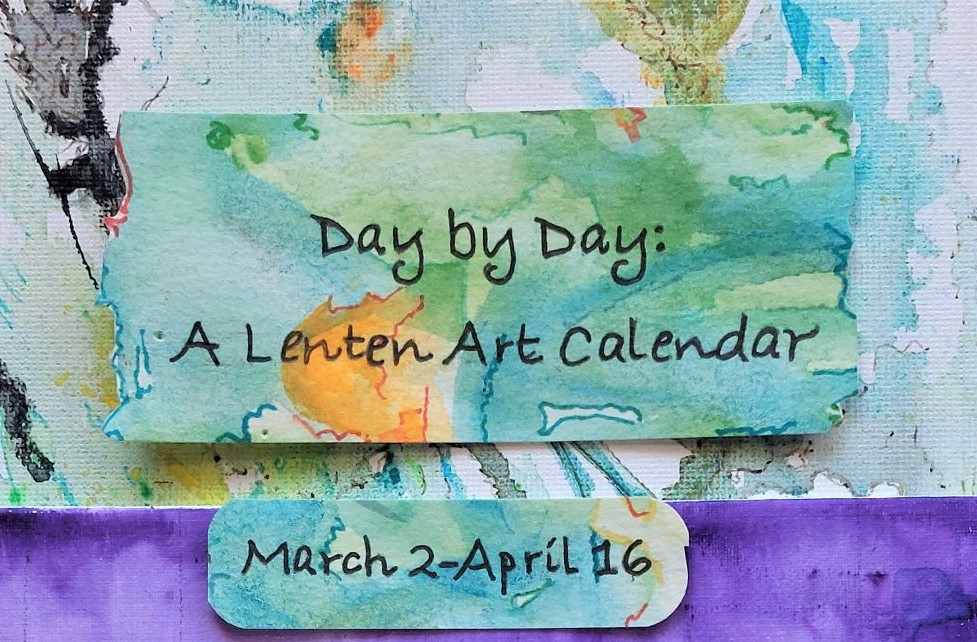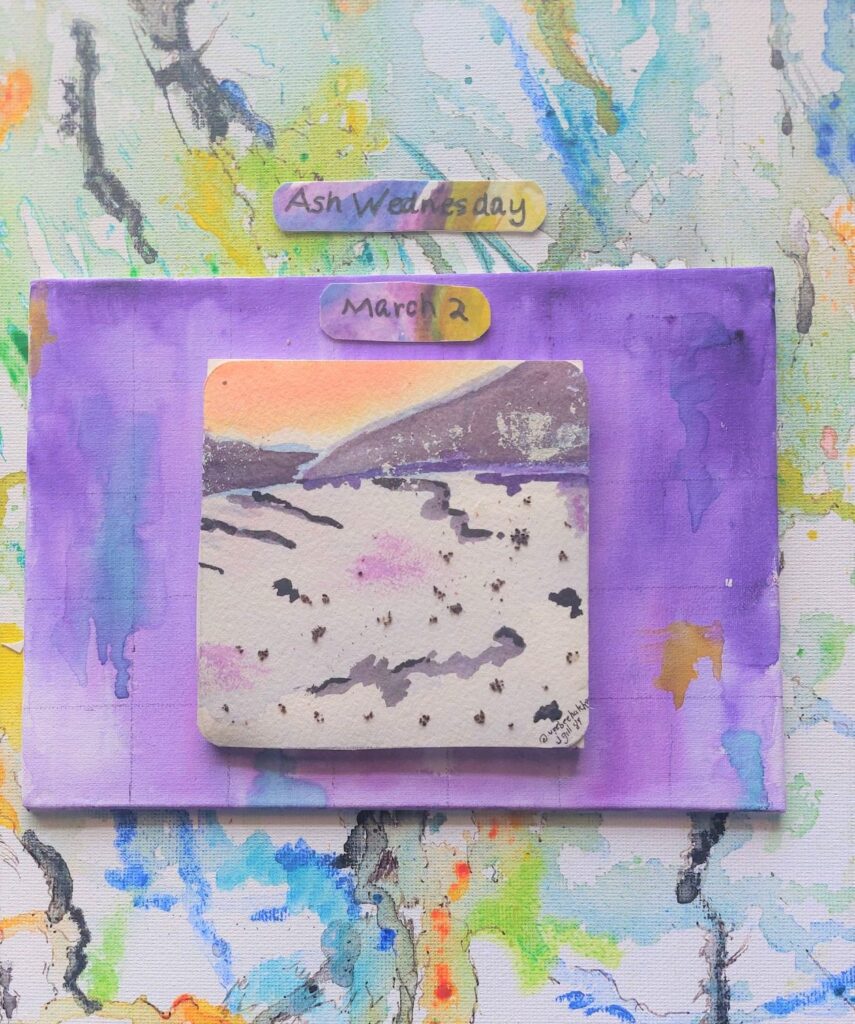
The Thing about Ashes
The old cast iron stove radiated enough heat to warm the entire first floor of our New England home, but the byproduct of those cozy fires was ashes– lots and lots of ashes. Cleaning out the stove quickly filled our battered black ash bucket. Luckily, just outside our door was a perfect receptacle for all those ashes: mounds of snow and an underglaze of ice on the driveway and narrow front walk. Here’s the thing about ashes: If you have fire, you have ashes–lots and lots of ashes.
Landscapers don’t recommended the use of ashes as a snow-melter. Their natural salts can accumulate in the soil and damage plants. The sanding trucks that rumbled up and down our hill all winter spread a much more effective mixture of sand and salt to speed the roadway-clearing process. Home driveways and sidewalks? Well, that was our problem. With our frozen soil months away from greening up and our own sand supply dwindling, ashes on an icy driveway were a perfect solution: cheap, effective, and available. And one more thing about ashes: On snow, their dark color attracted the sun’s rays and sped up melting. Each clump of ashes became its own little melting pot. Did I need a sure-footed way to trudge up the driveway to the mailbox? Ashes created a path. Did my front porch bird-feeder need replenishing? Ashes melted the way for me to navigate a slippery corner. Those sooty, oily ashes, leftovers from glowing bright fires, made our everyday lives a little more manageable.
Ashes are a powerful symbol of Lent’s beginning, and their placement on the foreheads or hands of worshippers in the form of a cross typically signifies devotion, mortality and penance. They are the public evidence of an inner faith and as such are deeply significant reminders of our need for God. Ashes will always mark the beginning of this Holy Season. But here’s the thing about ashes—Ashes also melt things. They attract heat and warmth. They create safe spaces for us to walk. They keep us surefooted and guard against falls.

This tile, Ashes on Snow, depicts ashes- lots and lots of ashes. With its trails and piles of ashes in a winter landscape, Ashes-on-Snow symbolizes a thawing and a melting. Ashes-on-Snow creates safe spaces, where we can walk with confidence in our faith. Ashes-on-Snow attracts warmth and reminds us of the permanency of God’s Love. This kind of warmth we can carry with us during the coming weeks long after our foreheads are washed clean of any sooty traces..
Here’s the thing about ashes… Ashes, whether sacred remnants of last year’s Palm Sunday, or the powdery residue of an old wood fire, ashes are merely reminders and remainders. It is we who imbue them with meaning; it is we who use them to stain our lives with faith. As long as the Fire of God’s love burns within us, there will always, always be ashes, whenever the season, whatever our needs: Ashes to mark our devotion; Ashes to steady our steps; Ashes to warm our lives; Ashes of Penance; Ashes of Beauty.
What comes to mind when you look at this snowy, ash-strewn painting? How might you view a traditional symbol of faith in a new or different way?
God of Ashes and of God of Fire, Thank you for Ashes-on-foreheads and Ashes-on-Snow. Thank you for the powerful symbols of our faith that call us to humility and to service, to discovery and to love. Amen.



One Comment
Nita Gilger
As I looked at this art tile, I was immediately taken to your New England home. It was such a place of beauty and peace. What I see in this ashes in the snow painting is that there are no neat, straight lines or paths but they are there just when I need to take another step forward to be more steady and hopeful. What a great metaphor for understanding the ashes of our lives and of Ash Wednesday. Thank you for this compelling and reassuring view of faith and our life journey.